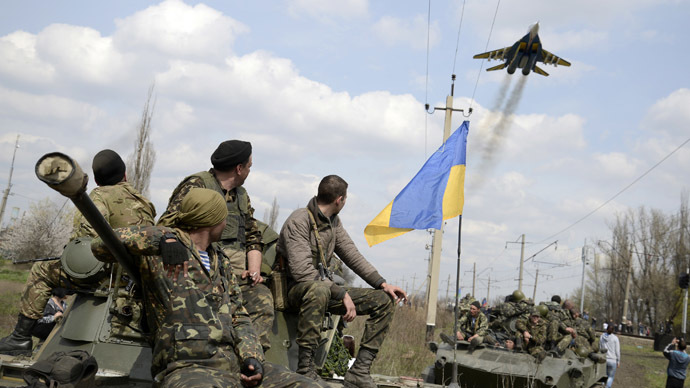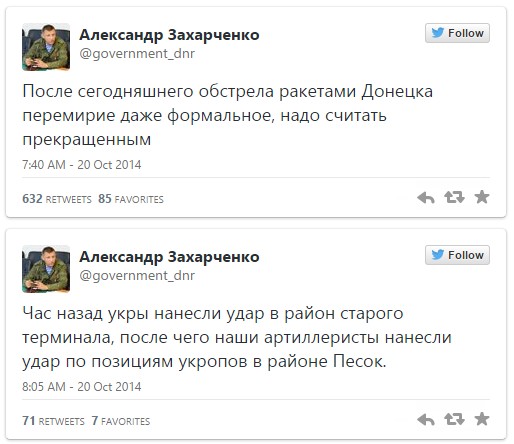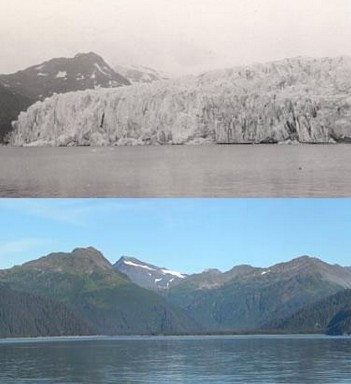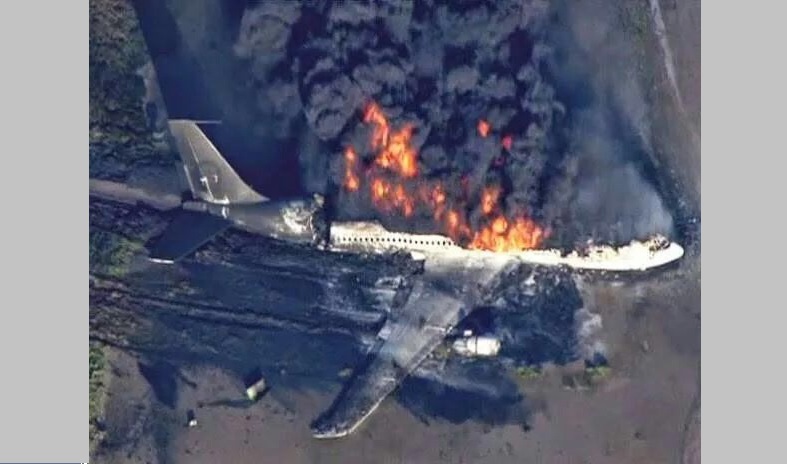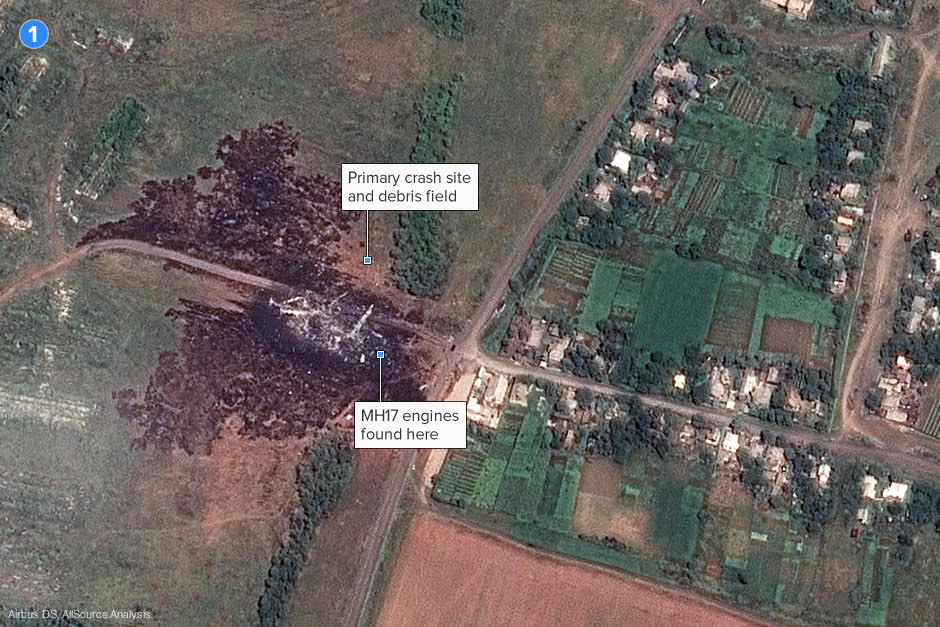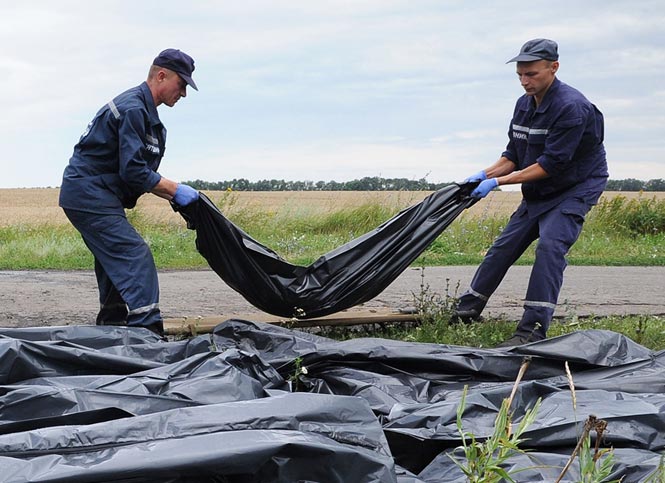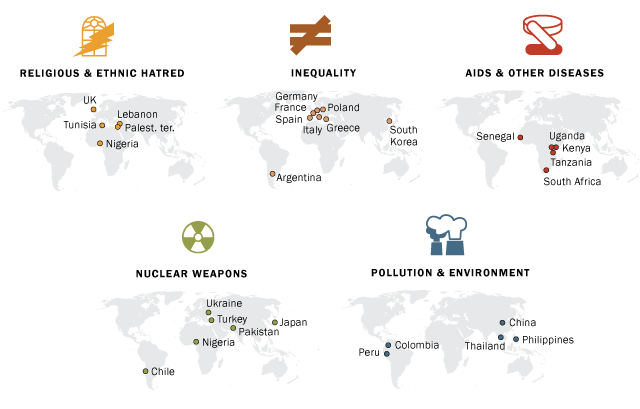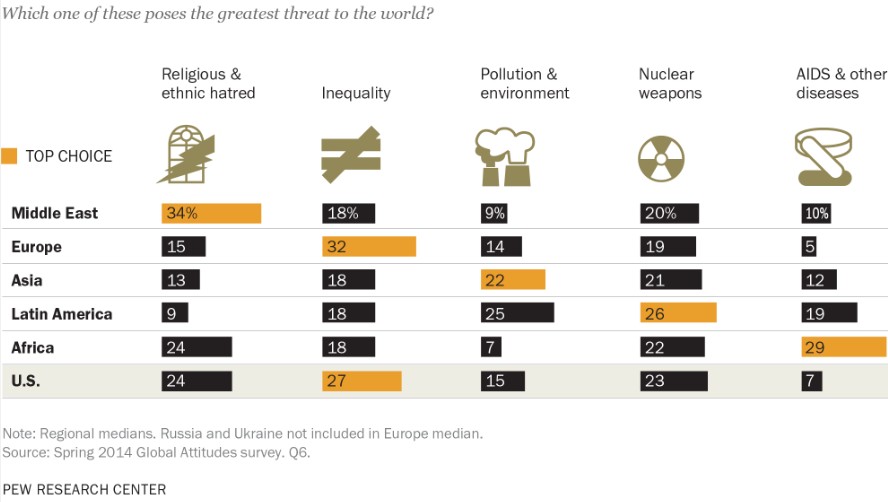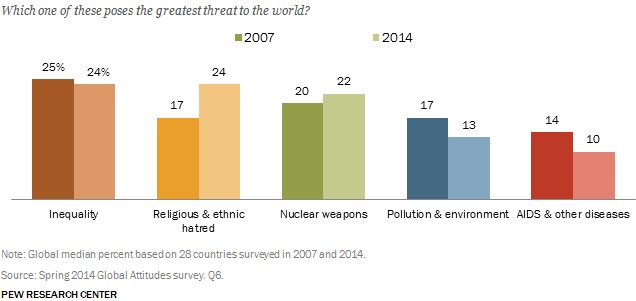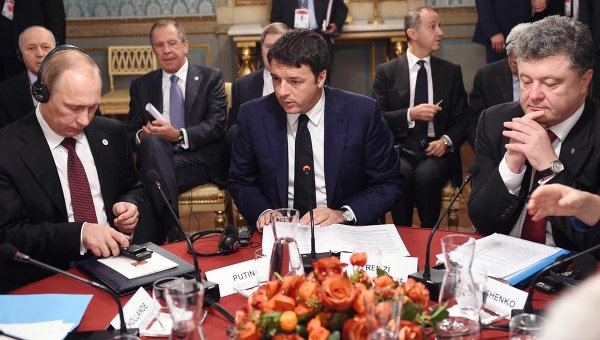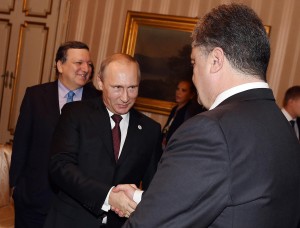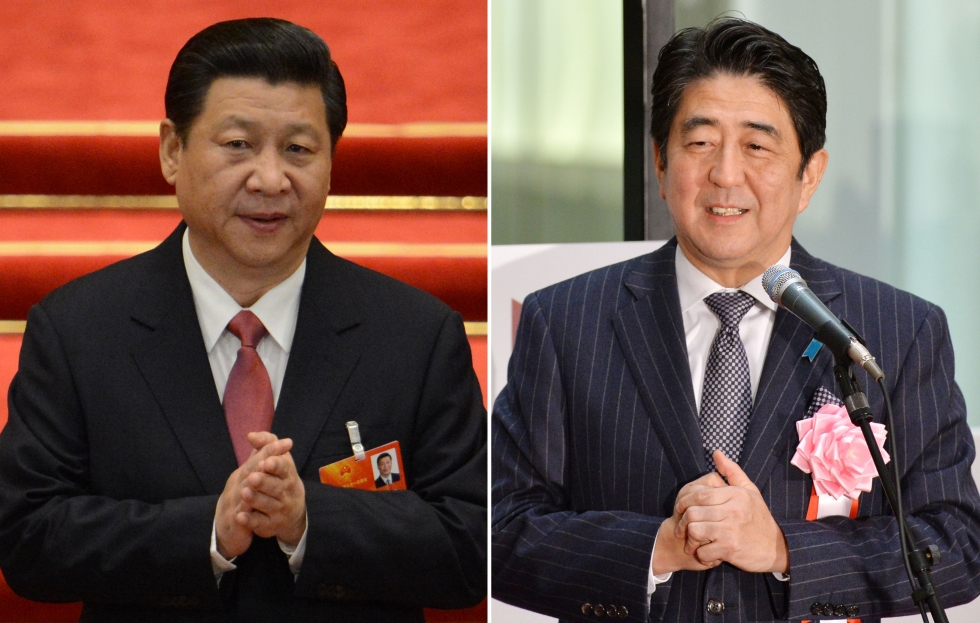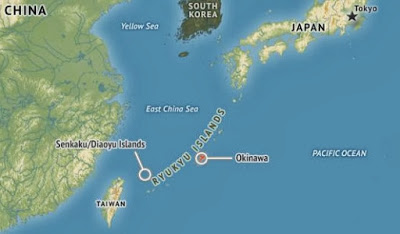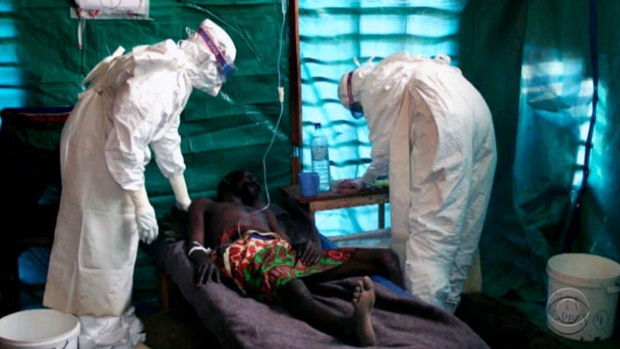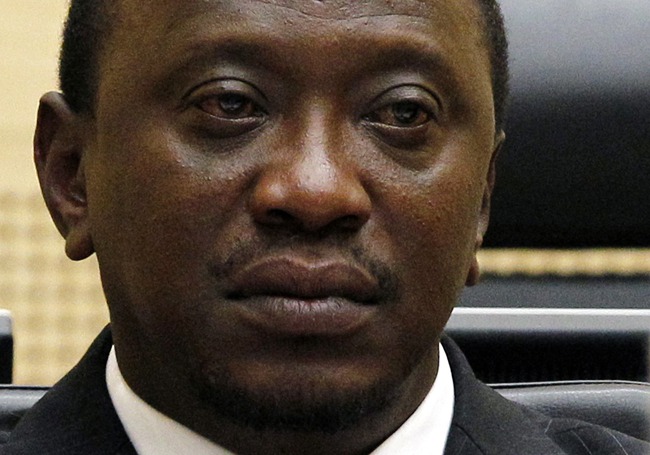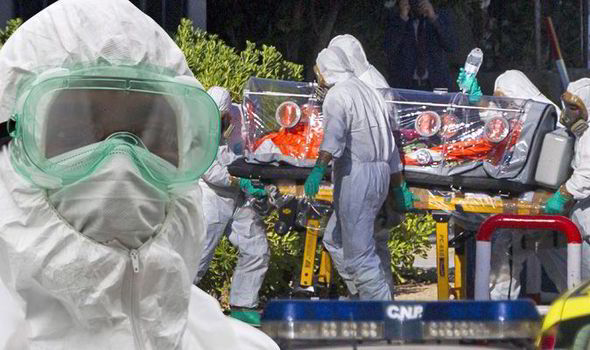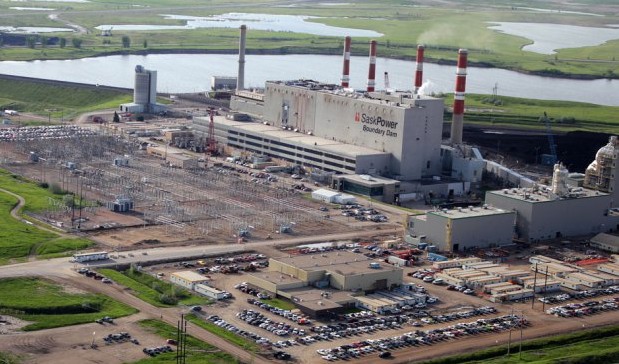Russian human rights ombundswoman Ella Panfilova has warned that a new, large-scale attack may be conducted by Russia against Ukraine in the near future. Panfilova made comments in an interview Monday in which the ombunswoman stated that Russia should prepare for a second wave of migration from Ukraine, despite a current ceasefire agreement that has existed in Ukraine since September. Panfilova said that the migration would not come only from southeast Ukraine–the only area so far affected by the conflict.
“We should be ready for the second wave of migration, and not only from the southeast of Ukraine,” said Panfilova, commenting on the hundreds of thousands of Ukrainians who had sought refuge in Russia over the past months of fighting, most of which had since returned to Ukraine.
“The first wave of refugees is now on a decline as people are inspired with a possible truce. But there will be winter, which will be hard to live through in affected Ukrainian territories. So we should be ready for the second wave of migration and not only from the southeast of Ukraine. We should also not forget that many refugees who arrived earlier remain in Russia,” said Panfilova.
Panfilova’s comments came the same day Aleksandr Zakharchenko, the self-declared “prime minister” of the Donetsk People’s Republic (DNR)–a pro-Russian separatist group in eastern Ukraine–declared on Twitter that the month-long ceasefire was over.
“After today’s shelling of Donetsk with rockets,” one Tweet read, “the ceasefire, even formally, has to be considered abandoned.”
In Zakharchenko’s second tweet, he wrote, “An hour ago, the [Ukrainians] carried out a strike near the old terminal, after which our artillery carried out a strike on the dillweeds’ positions near Peski.”
According to the UN, the death toll from the conflict in Ukraine sits at over 3,700–over 300 since the ceasefire was agreed upon–and almost 10,000 have been wounded. Ukrainians continue to flee areas of conflict. UN places the number of Ukrainian internally displaced persons (IDPs) at 415,000 and the number of refugees at 427,000, most of which have sought refuge in Russia.
